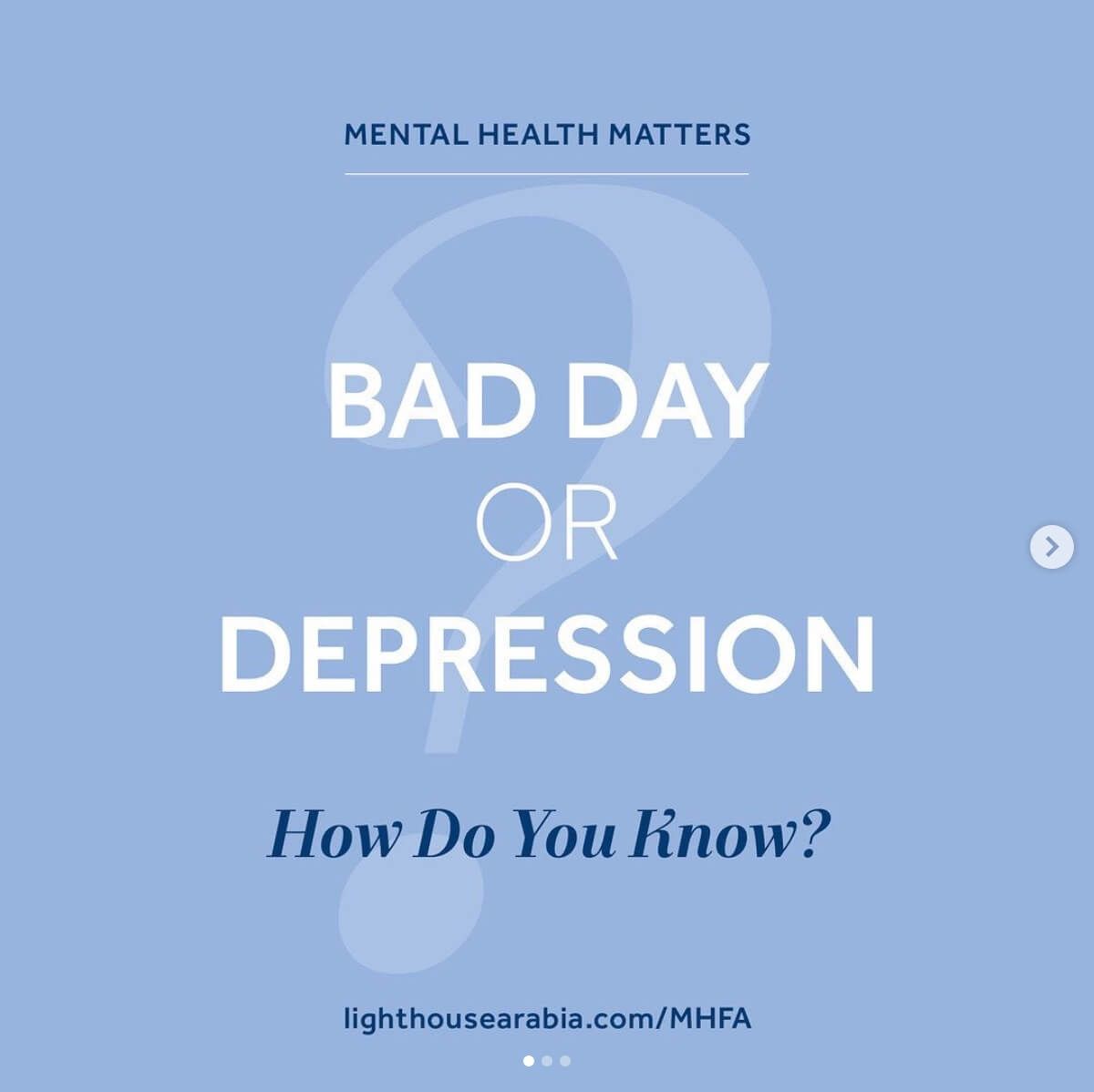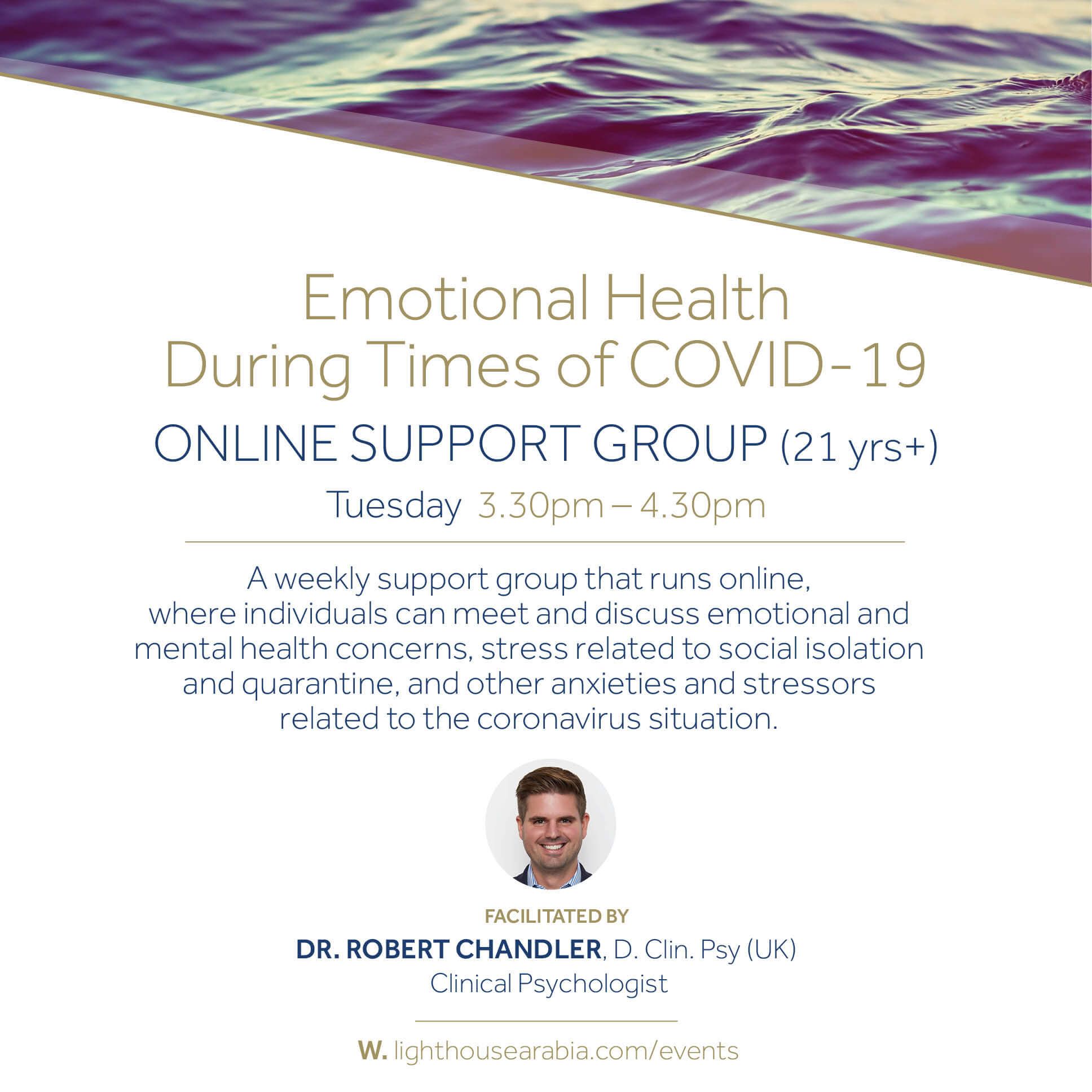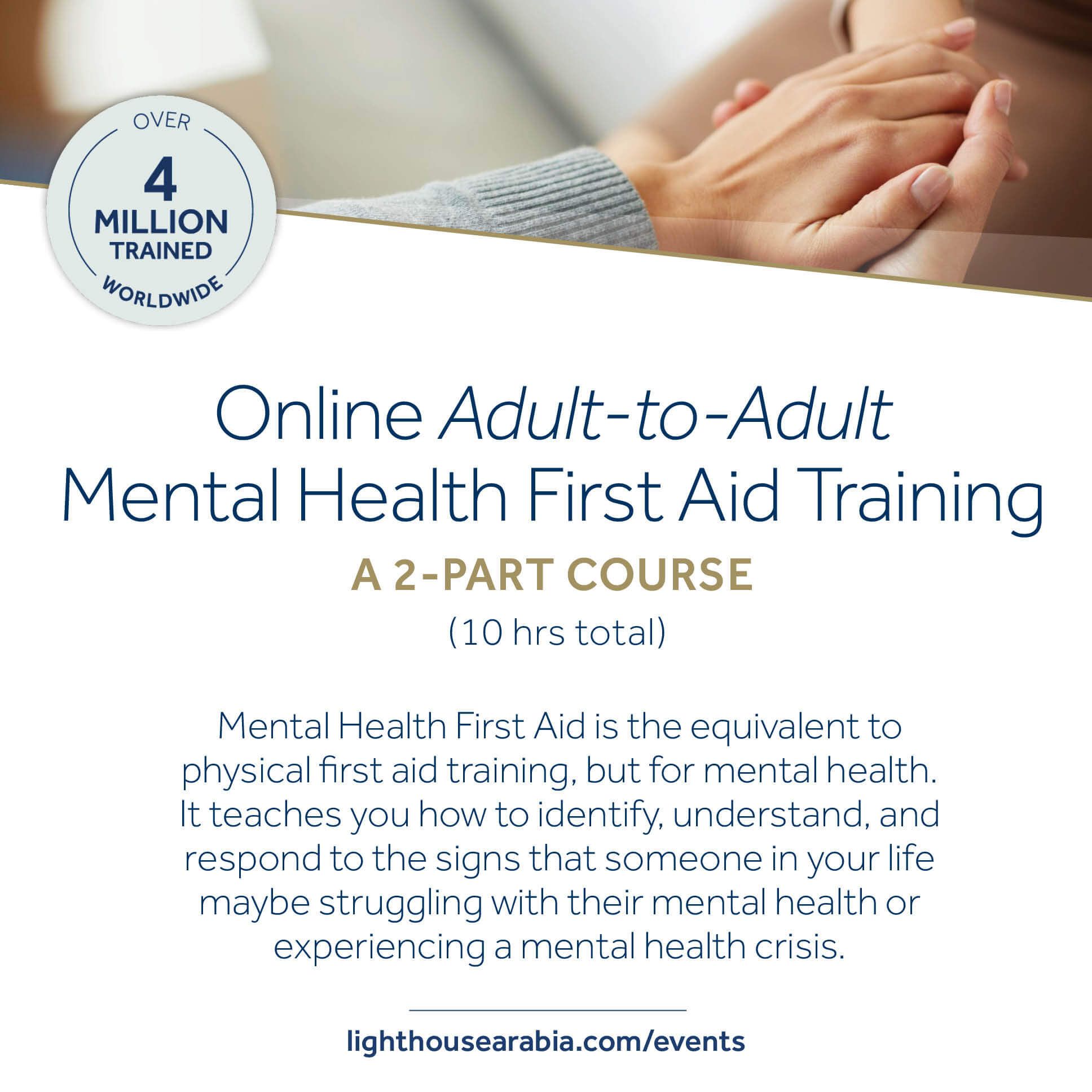
Workplace stressors, high job demands and often low support: What is the real cost to employee mental health and your organization?
Working professionals will spend more time at work than with their friends or family over their life course. It is an undeniable truth that the environment of workplaces impacts physical and mental health. New research finds that the impact of workplace stressors such as long hours, financial insecurity, work-family conflict, and high job demands coupled with low support is as harmful to health as secondhand smoke.
For Expats in the Gulf region, work is the epicenter of daily life and the very reason they reside in the region. The foundation of safety and residency are inextricably linked to workplaces. Organizations are the first place many expats find belonging, connection, meaning, and many colleagues become like family. On the other hand, many find to find belonging at all. Recent research reveals that nine out ten expats describe feeling isolated. Expats in the Gulf Region navigate being in the center of Western and Eastern time zones and live with an inordinately high amount of change that includes frequent goodbyes to friends moving back to their home country, an influx of new colleagues, and laws that change quickly – while this is all exciting it also creates a higher risk environment for poor mental health.
How common are mental health problems?
The World Health Organization reports that 1 in 4 individuals are struggling with their mental health, and the prevalence rate is rising at an alarming rate since the start of the pandemic. Every 40 seconds, someone dies by suicide, and it tends to be more men than women. Depression is the second most disabling illnesses worldwide, with cardiovascular disease being number one.
5 Ways Leading Organizations in the Gulf are Moving the Needle on Workplace Mental Health:
-
Educating teams to be mental health literate
Teams with low mental health literacy are unable to recognize the signs of distress in themselves and others, which can stop them from seeking support and increases the likelihood of stigma and discrimination. Mental health literate teams understand what mental health is, the difference between mental health and mental illness, and how to discern a few difficult days vs a mental illness. Mental health literacy includes knowing the difference between sadness and depression, worry vs anxiety disorders. They can also identify appropriate types of support available within the organization and externally and have more positive attitudes towards help-seeking. Have awareness raising campaigns with local mental health partners.
-
Equipping teams how to respond with Mental Health First Aid (MHFA)
Spreading awareness is not enough to move the needle on workplace mental health. Teams must understand how to respond to themselves and others if they are struggling. Mental Health First Aid is the equivalent of physical first-aid training, but for mental health. MHFA is an internationally acclaimed evidence-based program that equips teams with the knowledge, skills, and confidence to identify, understand, and respond to a friend, family member, or colleague who may be struggling with depression, anxiety, or addiction. The program also equips individuals to respond to mental health crisis such as suicidal thoughts, panic attacks, and the after-effects of trauma. -
Engaged Leaders
Sustained culture change only takes place when leadership is engaged and championing mental health. When leadership is disengaged, change initiatives fall flat and feel empty. Leading organizations moving the needle on workplace mental health prioritize building organizational capacity to respond to mental health concerns, normalize help-seeking, model responding to others with empathy, and make time for sincere check-ins with team members. Check-ins are especially crucial during critical periods such as a team member taking medical leave, returning from medical leave, bereavement, between designations, or life milestones. -
Nonmaleficence – A responsibility to do no harm
While organizations all have different starting points, they have a responsibility to do no harm. Harming includes discriminating against team members with mental health issues by mistreating them or not making reasonable accommodations. Discrimination sounds like “Only weak people develop depression or anxiety.” Doing harm also occurs when there is a lack of psychological safety, vulnerability is seen as weakness, and there’s a culture of silence around wellbeing. High absenteeism, presenteeism, staff turnover, conflict, and burnout are common indicators a workplace is doing harm. -
Working towards mental health parity across policy and resources
Mental health parity means treating mental health with the same importance as physical health. An essential component of parity includes expanding employee benefits to include mental health care and sick leave policy inclusive of mental illnesses. Wellness resources should be confidential, easy to access, and culturally appropriate.
*This article was originally published in Arabian Business in May, 2021.
If you are struggling with your own mental health, or recognize the signs in another, we can help. For more information on our accredited Mental Health First Aid trainings and our Corporate and Workplace services, please visit our website Services or contact us on: [email protected].








